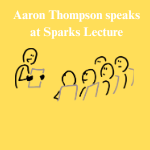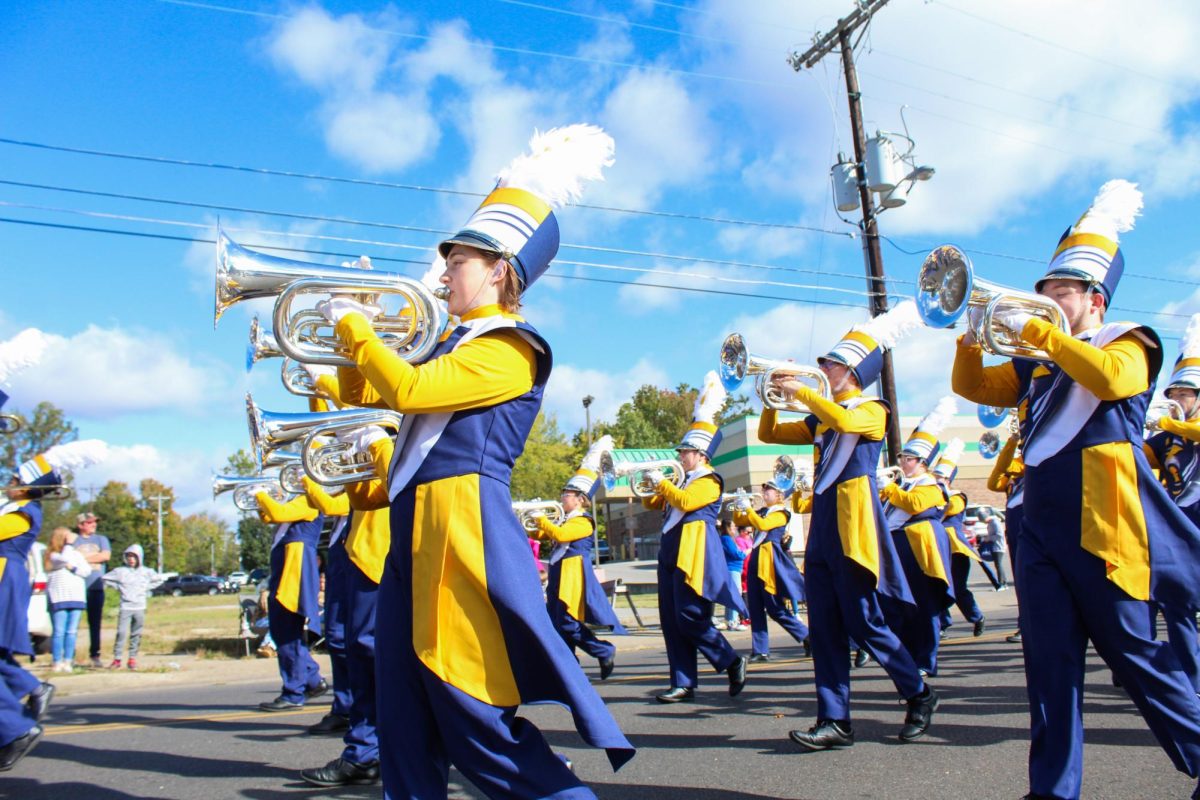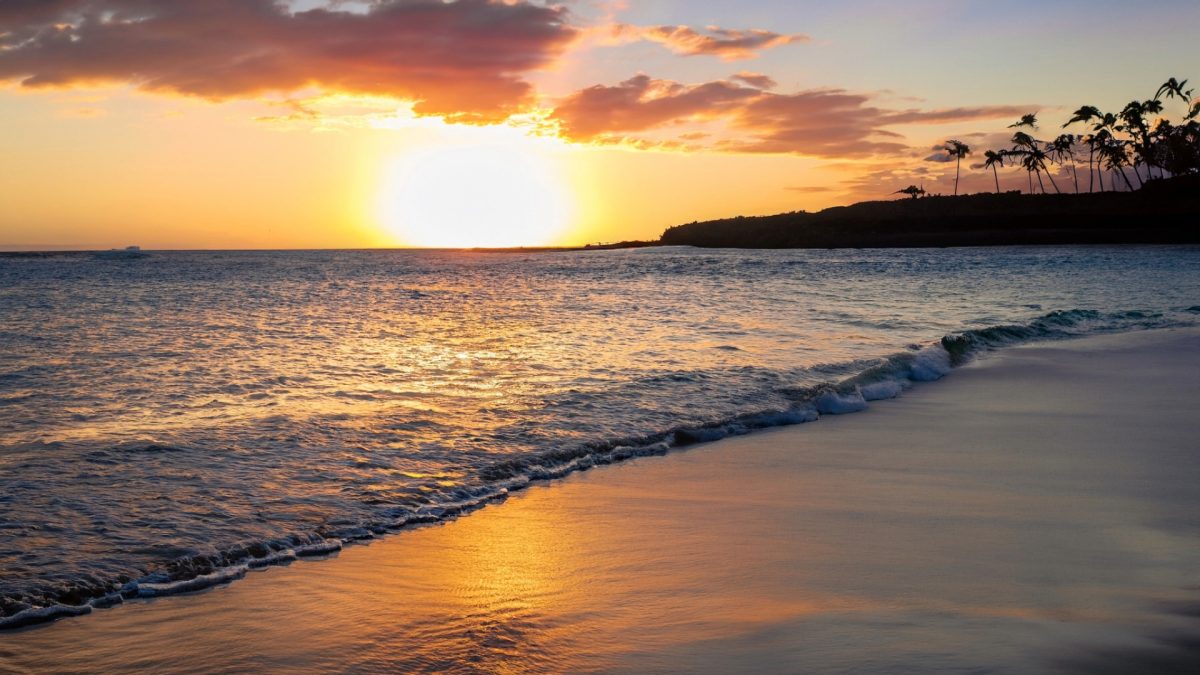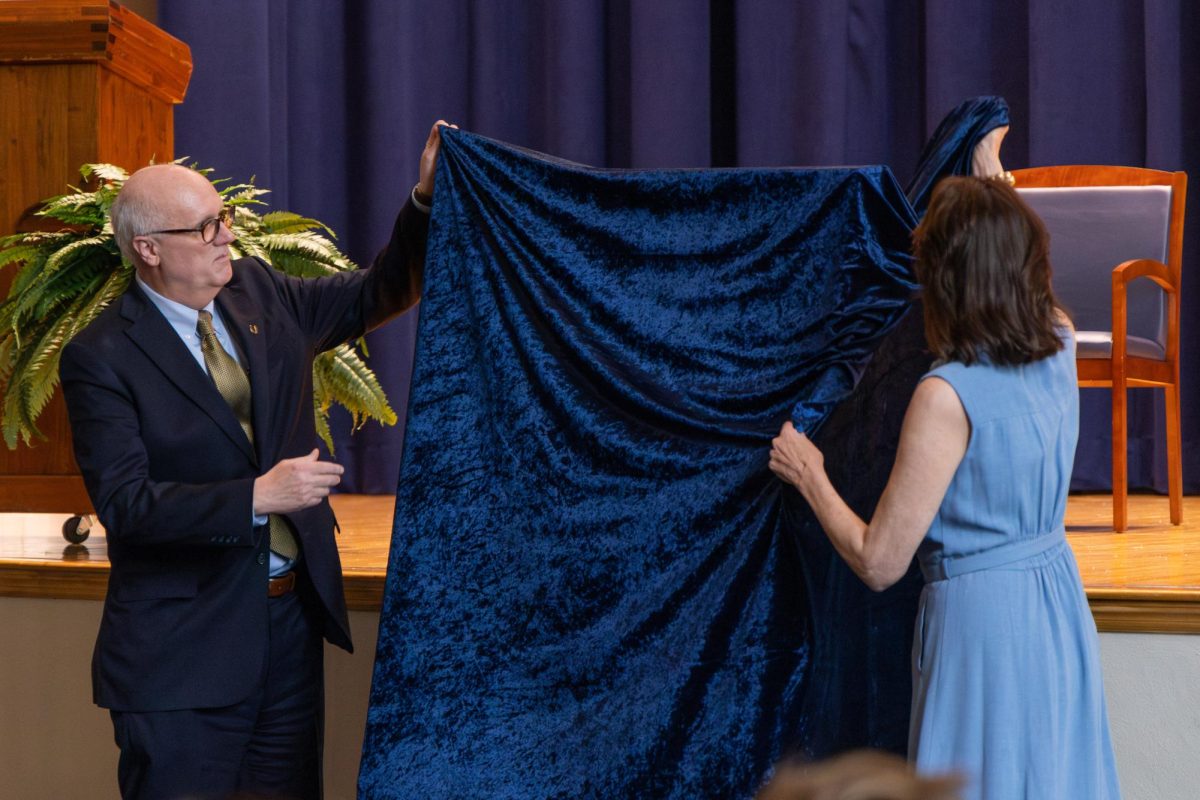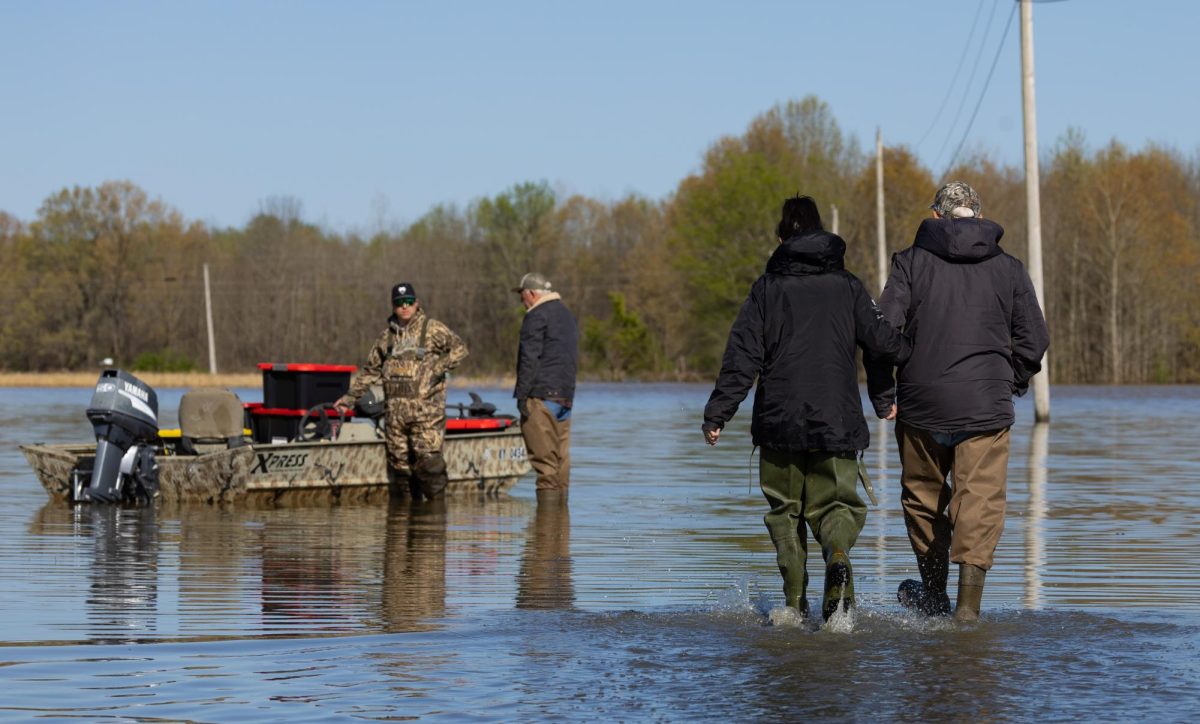Spring break marks the arrival of some of college’s greatest things; most notably, a week-long vacation from the schoolyard routine. And while there are many destinations we could go—the sunny but ever-policed beaches in Miami, a three-day cruise with a Caribbean view to boot or even visiting the Western majesty of the Rocky Canyon—there are woefully few stories of where we wind up, and how we use that time.
While the concept of leisure travel traces back to the Ancient Romans, vacations became an enshrined ideal through the first and second Industrial Revolutions, as jobs within America’s cities created more structured, though time-consuming work days.
However, the first official college “spring break” still hadn’t arrived on the scene—and wouldn’t for another thirty-six years, until one fateful summer in 1936.
Sam Ingram was a swimming coach for Colgate University in Hamilton, New York. That year, Ingram brought his team to Ft. Lauderdale; Florida had just built its first Olympic-sized pool. Two years later, it would welcome more than 300 competitive swimmers during the 1938 College Coaches’ Swim Forum.
This swimmers’ tradition later cemented Florida as a prime spring break destination. Where the Boys Are created a sun-kissed fantasy for college students; one where men and women vacationed in Florida to swim, party and even find love. That ideal has remained as strong as ever.
And yet, it remains just as far from reality for many.
Ask enough college students and you’ll start to hear a common thread; school can be intense. The stress of exams, maintaining grades, and sheer rigor in pursuit of knowledge will burn anyone out eventually. A break can be a blessing granted.
However, that doesn’t always have to be an elaborate—and expensive— trip to sandy beaches and blue seas.
Sometimes, just coming home to familiarity can be a resort. These breaks offer the chance to sleep in or even laze around. More than that, vacations like these offer the opportunity to choose: whether it is to enjoy our time with family or dedicate it to forming relationships with new communities across the country.
Life post-graduation doesn’t instinctually remind us when to recharge; barring a return to academia, there are no week-long fall or spring breaks. Few organizations will structure vacations for you, which makes this time all the more precious—and perhaps inspirational.
Traveling down to Miami may not be a present reality for some students, but intentionally taking time for ourselves can be a future worth building. By having these breaks throughout our school careers, it reminds us we can and should do so even after we leave our institutions.


